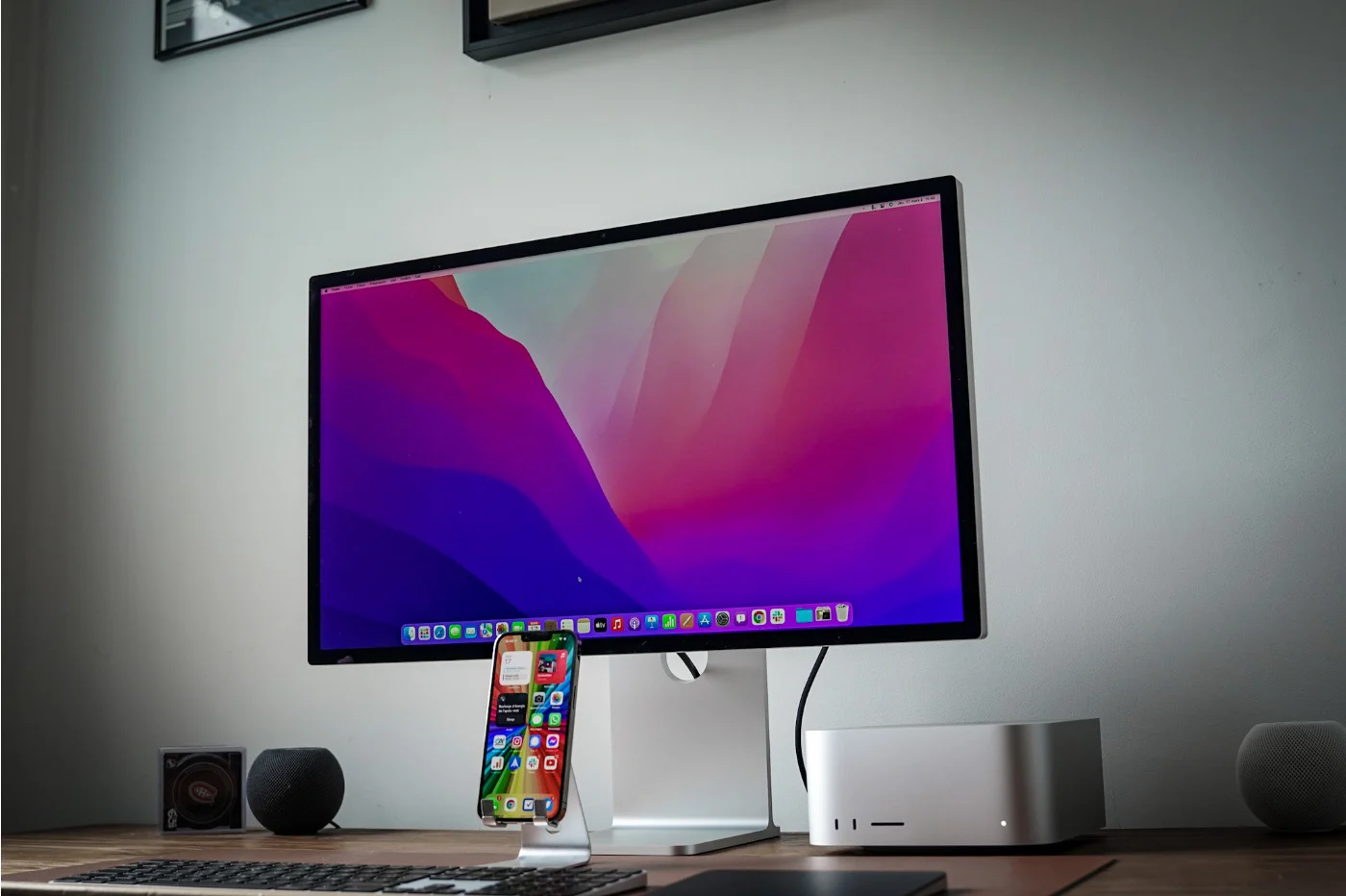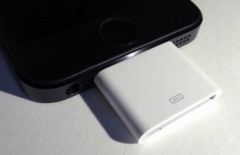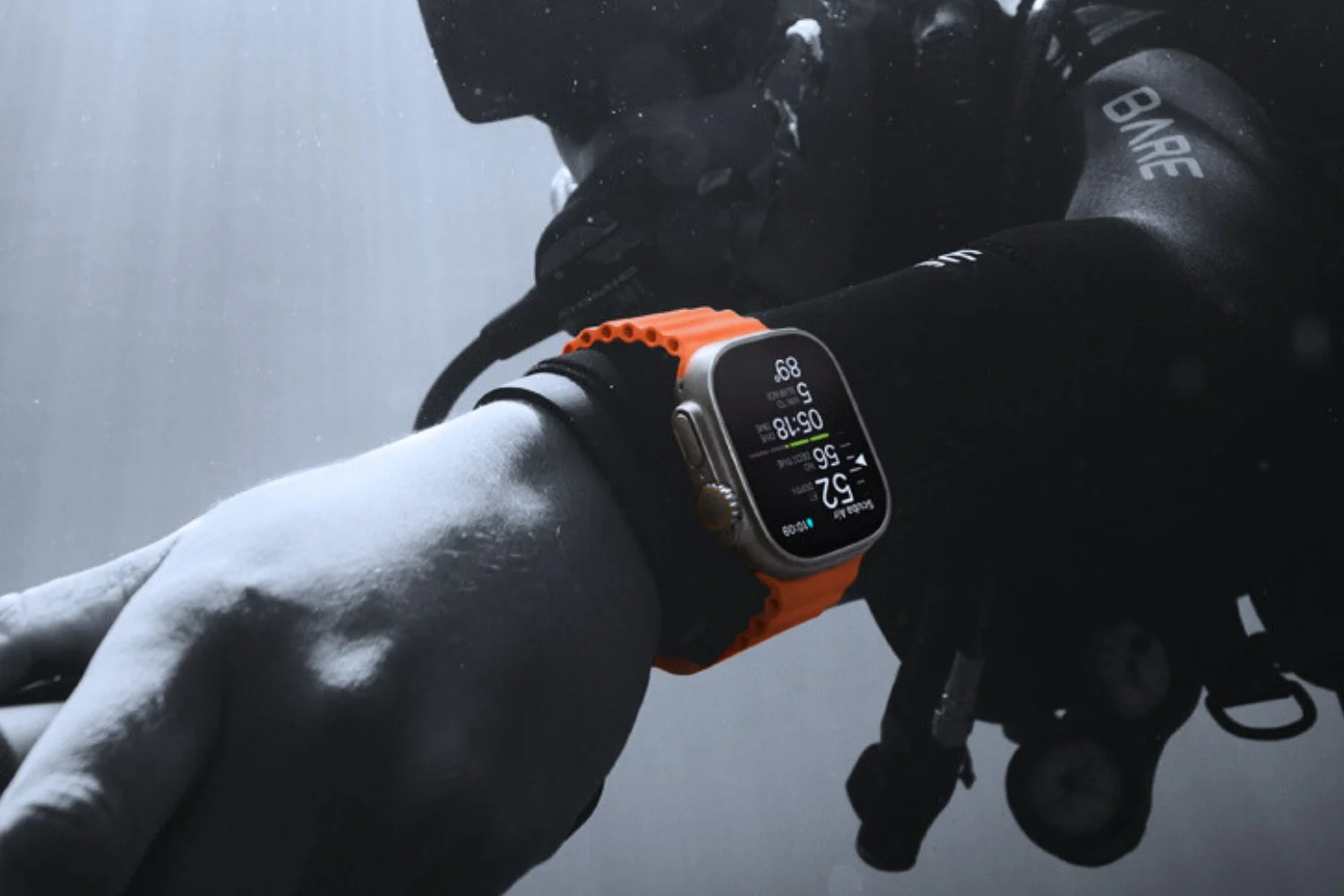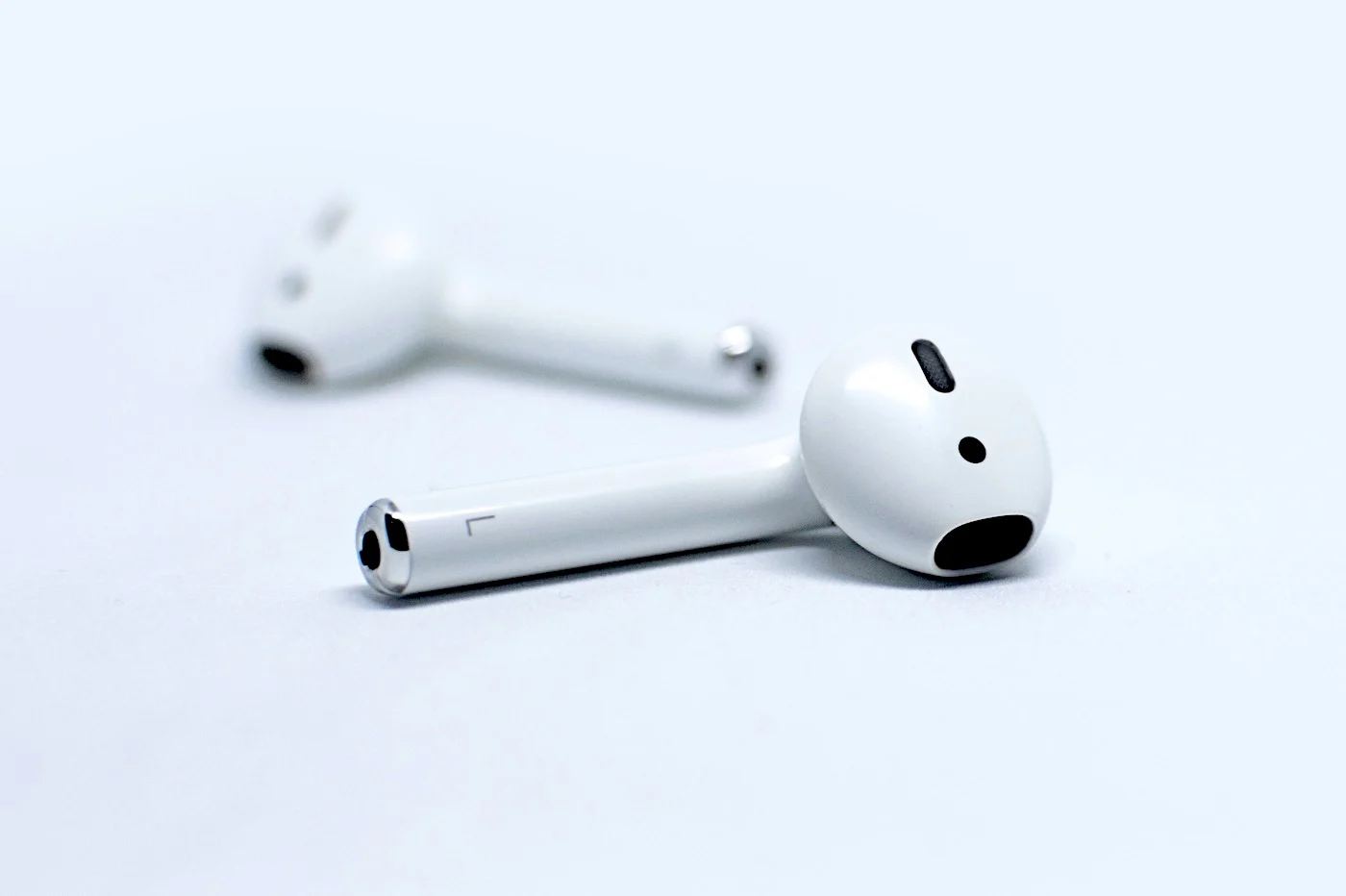First of all, let's start by recalling the precepts of the iPad Pro. This range of tabletsAppleis the most luxurious of the brand, and as its name suggests, it is primarily intended for professional or intensive use. Indeed, its technical sheet is beyond all other models, whether it isthe historic and classic iPad family, the more compact iPad Mini or the ultralight iPad Air whose thickness is reminiscent of that of the eponymous MacBooks.

© Apple
The best current operating system for iPad
How can we talk about a tablet without talking about the software that powers it? At Apple, it was iOS that equipped the iPads until 2019. However, since last year, they are all compatible withiPadOS. If the program is in reality very similar since it is based on the same interface, it is in fact much more suitable for multitasking than its counterpartinstalled on the iPhone 11 still on sale today. And for good reason: since the iPad Pro 2018, and especially with the new Magic Keyboard of the iPad Pro 2020, Apple wants to place its tabletson the same level as computers.
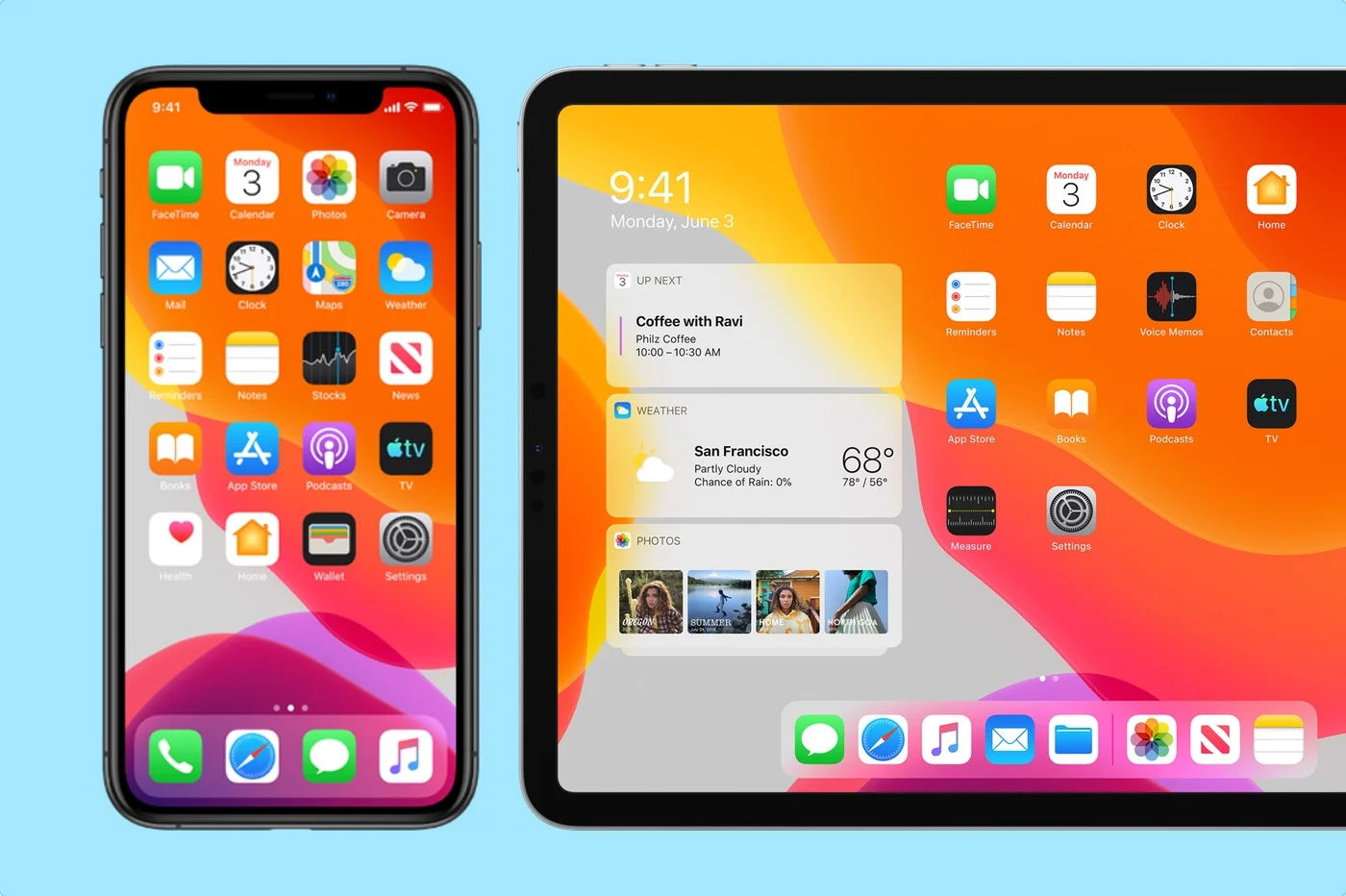
© iPhon.fr
In fact, there is no real difference betweenThird generation iPad Proand theFourth generation iPad Provirtual side: both benefit from the same OS. But some users will choose the 2020 version for a very particular reason: thanks to its LiDAR sensor, it has enough to run any application inaugmented reality. For example, real estate agents will be able to scan an entire apartment in 3D and then show it in VR, while landscapers will be able to map a plot of land and then study its modeling at home.
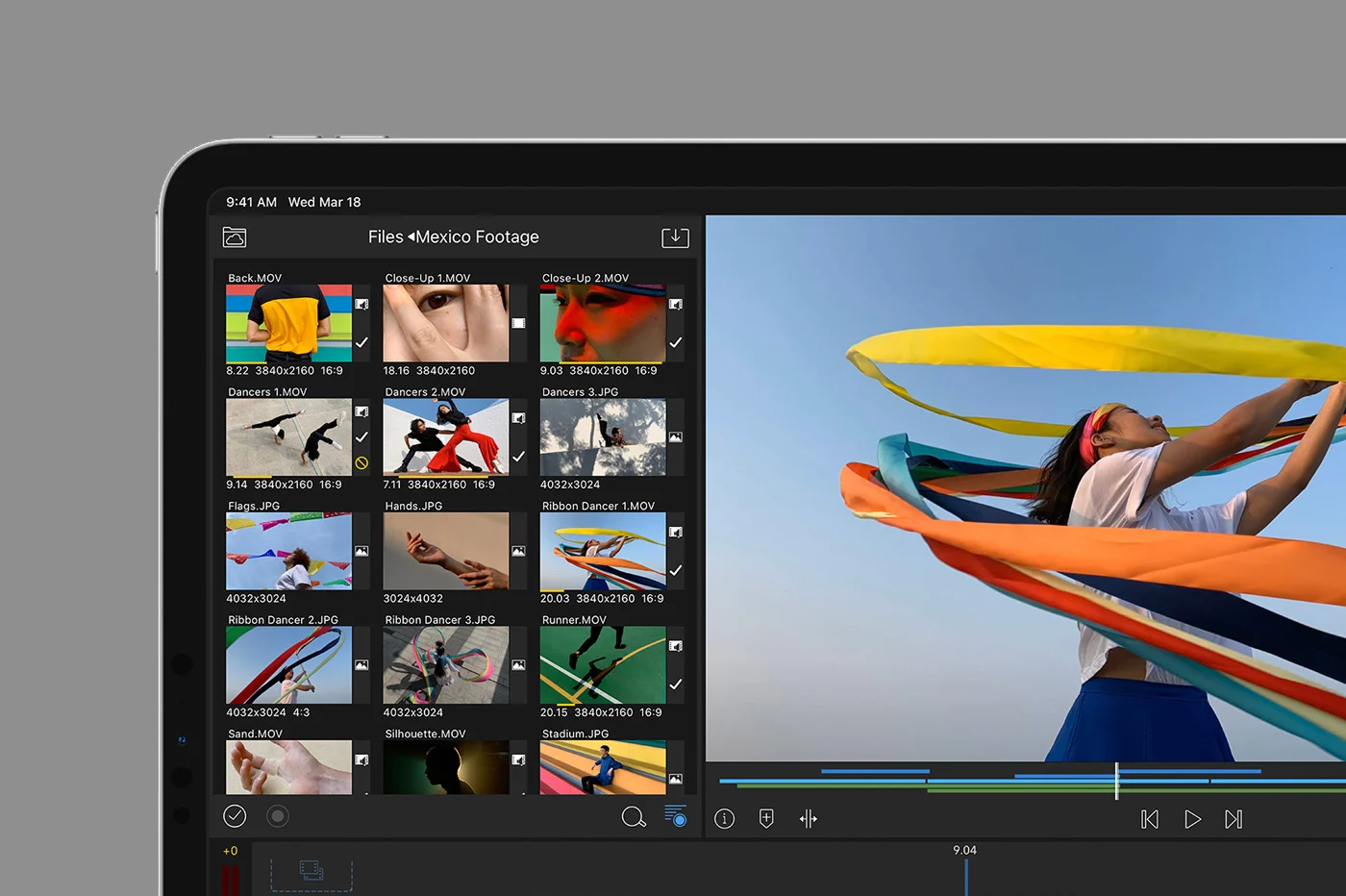
© Apple x iPhon.fr
After the photophones, here is thephotopad
For several years, manufacturers have competed in ingenuity to add ever more megapixels and sensors to their smartphones. If Apple followed suit on mobilewith its famous iPhone 11 Pro, this is now also the case on tablets thanks to the iPad Pro 2020. This is in fact equipped withradar ToF(time of flightorflight time) as seen above, which uses the depth of field to better calculate the distance between the shots.
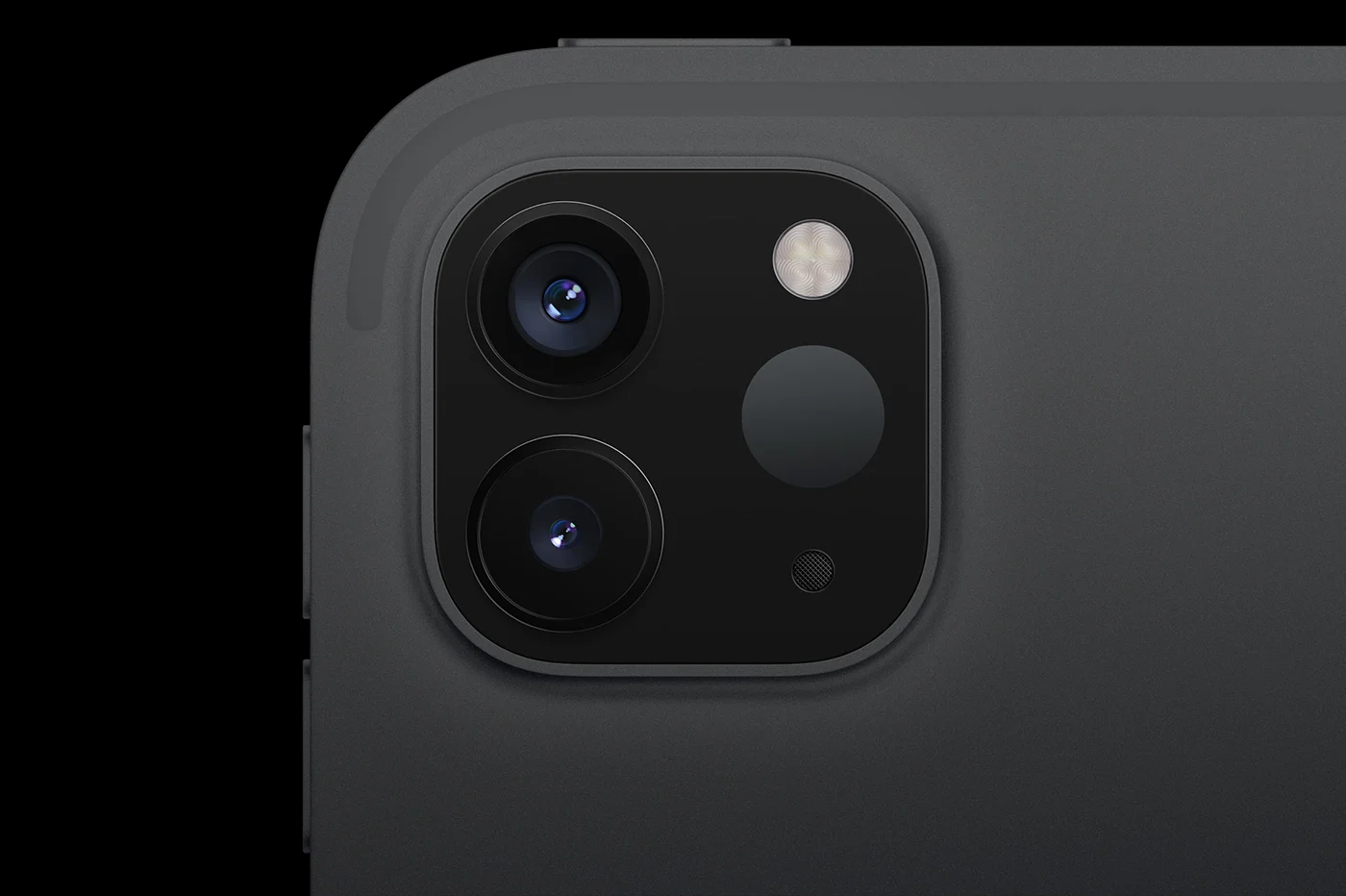
© Apple
In terms of technical characteristics, the iPad Pro 2018 has a single 12-megapixel rear lens with an f/1.8 aperture and a 1/3″ size. The iPad Pro 2020, on the other hand, also offers a10-megapixel ultra-wide-angle lens with f/2.4 focal length. Both photo modules use the same LED flash, can record in HDR and shoot with 4K definition. In short, the fourth iPad Pro will clearly be the most effective for taking photos, but only certain professionals will see a real advantage: others will prefer to use their mobile's camera, which is much easier to carry everywhere.
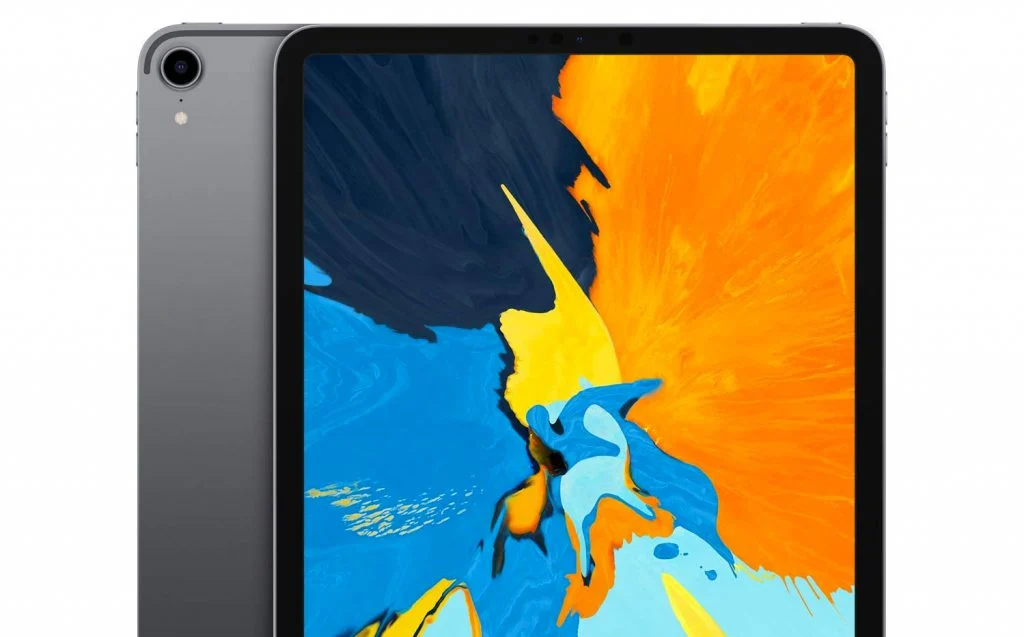
© Apple / Amazon
Is the iPad Pro 2020 really faster than the iPad Pro 2018?
When you buy such a machine for more than half a thousand euros, you inevitably wonder if it is efficient. And precisely, this is perfectly the case with the iPad Pro 2020: the beast integrates aA12Z bionic octa-core processor based on 64-bit ARM architectureand count on6 Go to RAM. Storage, meanwhile, is available in four options: 128 GB, 256 GB, 512 GB or 1 TB. The sound benefits from a quartet of stereo speakers, while it is captured by three microphones. Finally, on the network side, we benefit from 4G connectivity and Wi-Fi. All these technical characteristics are exactly the same on the iPad Pro 2018 (except certain series which were limited to 4 GB of RAM).
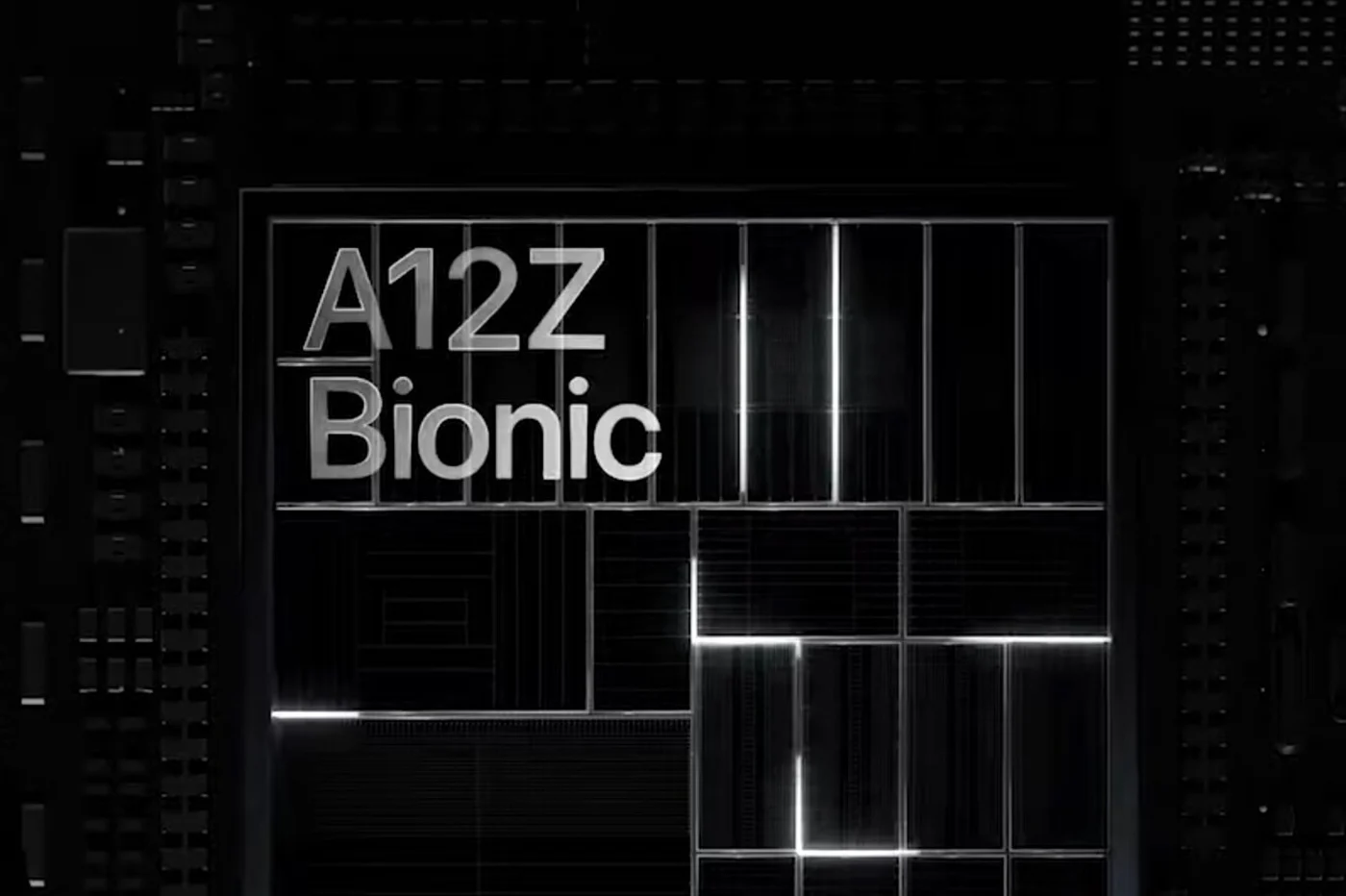
© Apple
But when we look at the Li-Po battery, one difference is notable: its capacity. So,the smallest iPad Pro 2020 offers “only” 7,540 mAh of battery life, while its predecessor reaches 7,812 mAh. On the other hand, the most imposing iPad Pro 2018 seems to retain the same autonomy as the third generation model. Either way, the gap between the cheapest products is really minimal, and we shouldn't feel it on a daily basis. For the rest, it's still the same everywhere: we are entitled to GPS, Bluetooth and USB-C with the fastest speeds at the moment in both directions.
The other solution for reallycompare performance of iPad Pro 2018 and iPad Pro 2020consists of making them pass a series of tests using applications ofbenchmarkdedicated. Here, for example, are the results with the AnTuTu application, where we understand that the power does not really change between the two products:
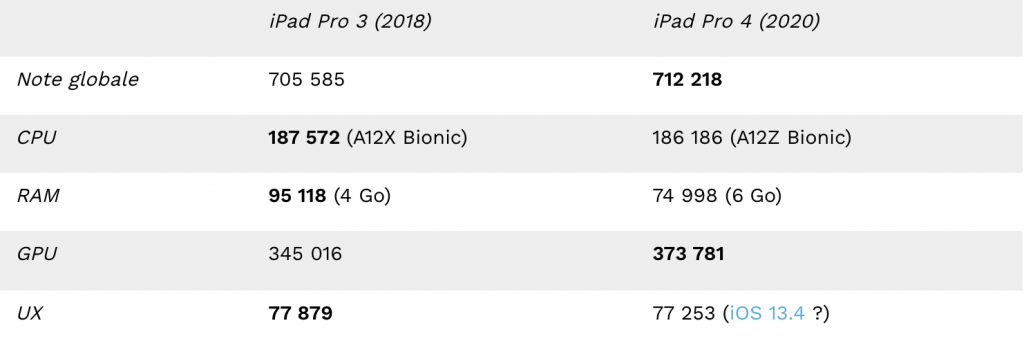
© iPhon.fr
The evaluation with Geekbench gives the following scores, again demonstrating that the two devices are equal:
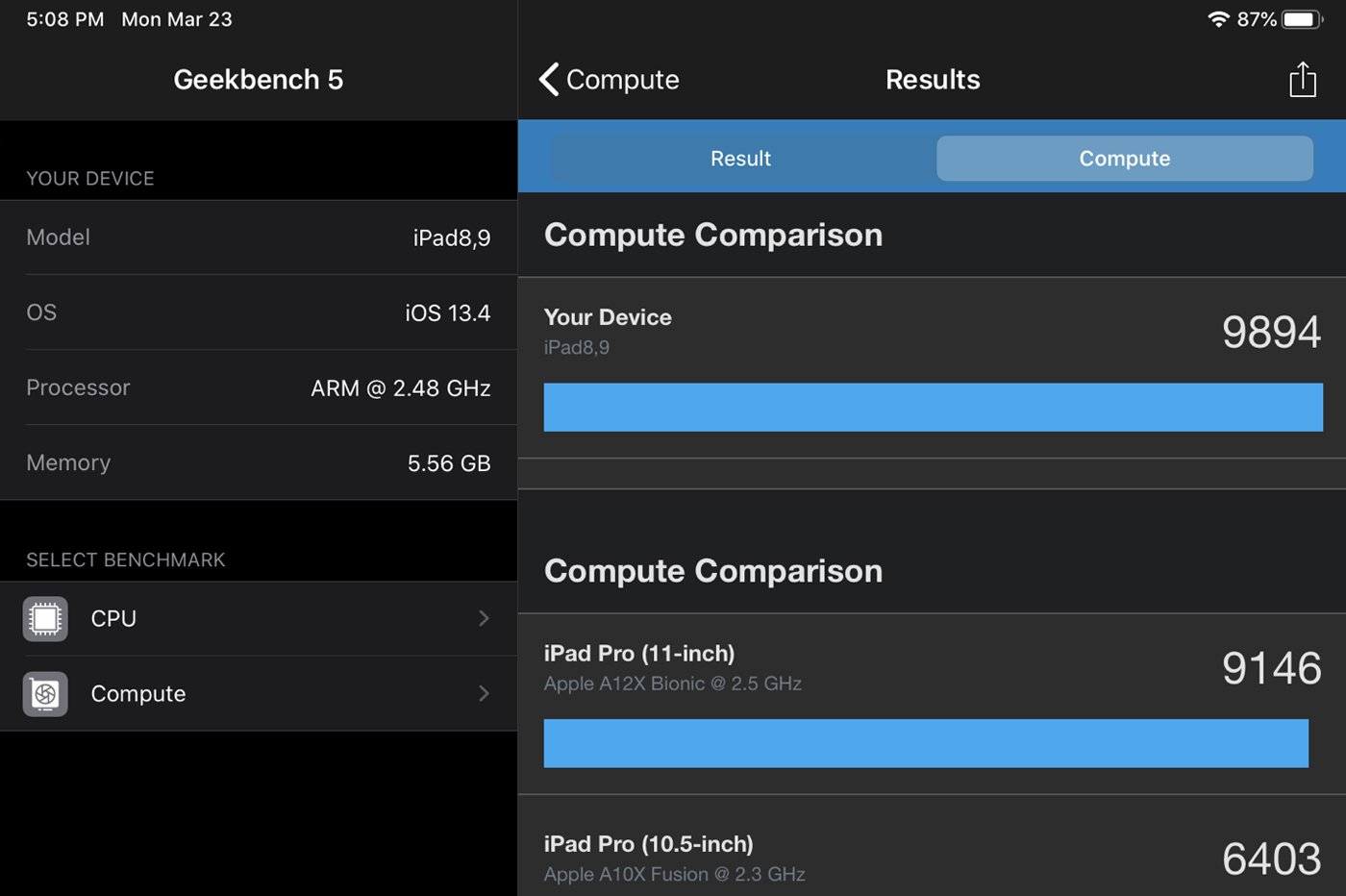
© Geekbench
Screen: take the same one and start again!
The iPad Pro 2020 is available intwo sizesdisplay. The first therefore offers an IPS LCD touch panel with a diagonal of 11 inches, while the second reaches 12.9 inches, almost as much as a MacBook Pro. The duo has a range of sixteen million colors with proprietary True Tone technology, offers a refresh rate of 120 Hz and can reach a brightness of 600 nits. A glass pane protects the screen from scratches; it is also compatible with several styluses, including theApple Pencil. This tool is favored by graphic designers, tattoo artists and architects to produce sketches as faithfully as possible.
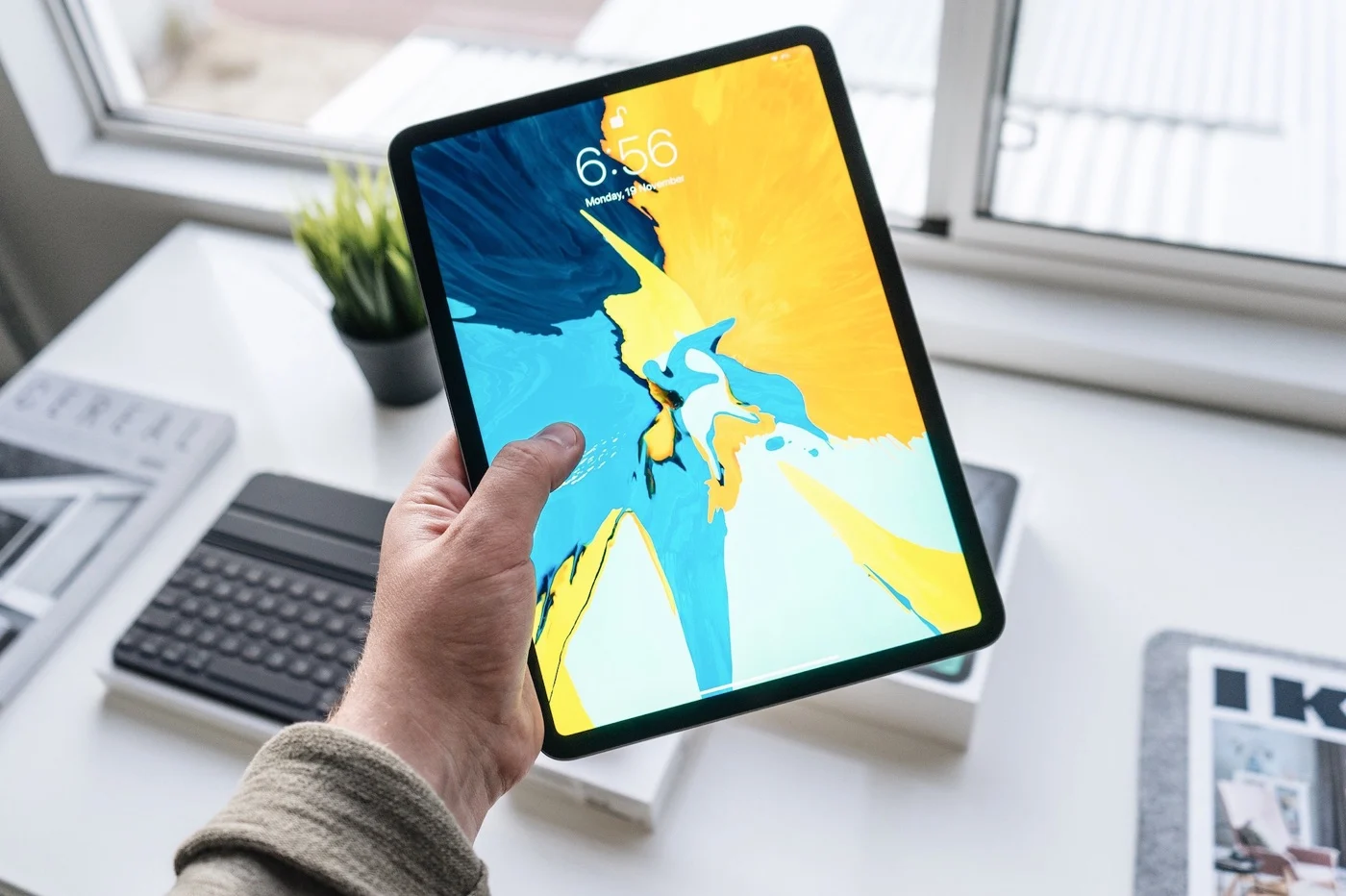
© Unsplash / Henry Ascroft
There is also no difference between the iPad Pro 2018 and the iPad Pro 2020 in terms of screen. A subcontractor could even confirm that the component used is exactly the same. On the other hand, each of the versions with a 12.9-inch screen is more borderless than its little brother: thedevice size/screen size ratio thus reaches 85.4% on the large model compared to 82.9% on the other. The pixel density is similar, however, at 265 ppi in both cases.

© Anthony Boyd
The iPad Pro 2020 has a deja vu design
The shell of the iPad Pro 2020, like that of the iPad Pro 2018, takes up the guidelines of the iPhone 4, more straightforward and straight than the curves introduced with the iPhone 6. The result is a more sober appearance, more serious, and therefore well and truly suited to more professional use. As there are two sizes for each edition, one of the products will obviously be easier to take on a trip than the other, and this is where the customer's choice may be decisive. Count247.6 x 178.5 x 5.9 mm for the 11-inch iPad Pro, compared to 280.6 x 214.9 x 5.9 mm for the 12.9-inch iPad Pro.
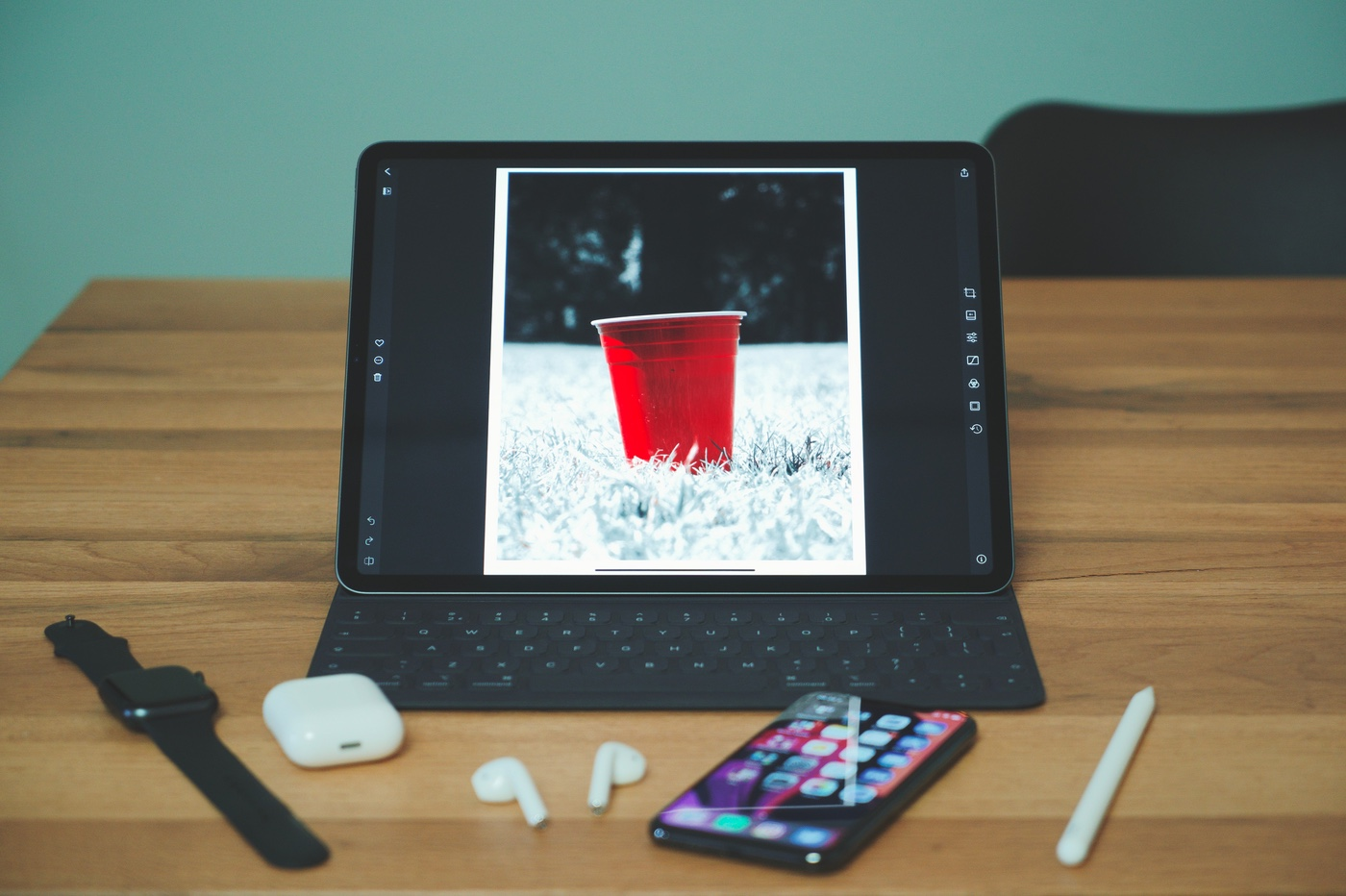
© Unsplash / Dennis Brendel
The newMagic Keyboard, on the other hand, is different from the Smart Keyboard Folio. In fact, it is more complete since it also includes atrackpad, even if there is still no numeric keypad in the program. Note that older iterations of this family of accessories are still compatible with the iPad Pro 2020.
Furthermore, the fourth generation iPad Pro also benefits from an interesting advantage forconfidentiality: his microphone can physically disconnect. This wasn't the case with the 2018 iPad Pro, and for those who want to maintain their privacy, this is a real asset.
Bilan budget : iPad Pro 2018 vs iPad Pro 2020
To conclude,the iPad Pro 2020 is more of an update to the iPad Pro 2018 that a real new reference. Indeed, even if the CPU of the fourth generation tablet is announced as more efficient than the A12X bionic of the previous one, it offers similar performance and apart from an additional lit core, it is not that different. For the battery, the differences are also insignificant.
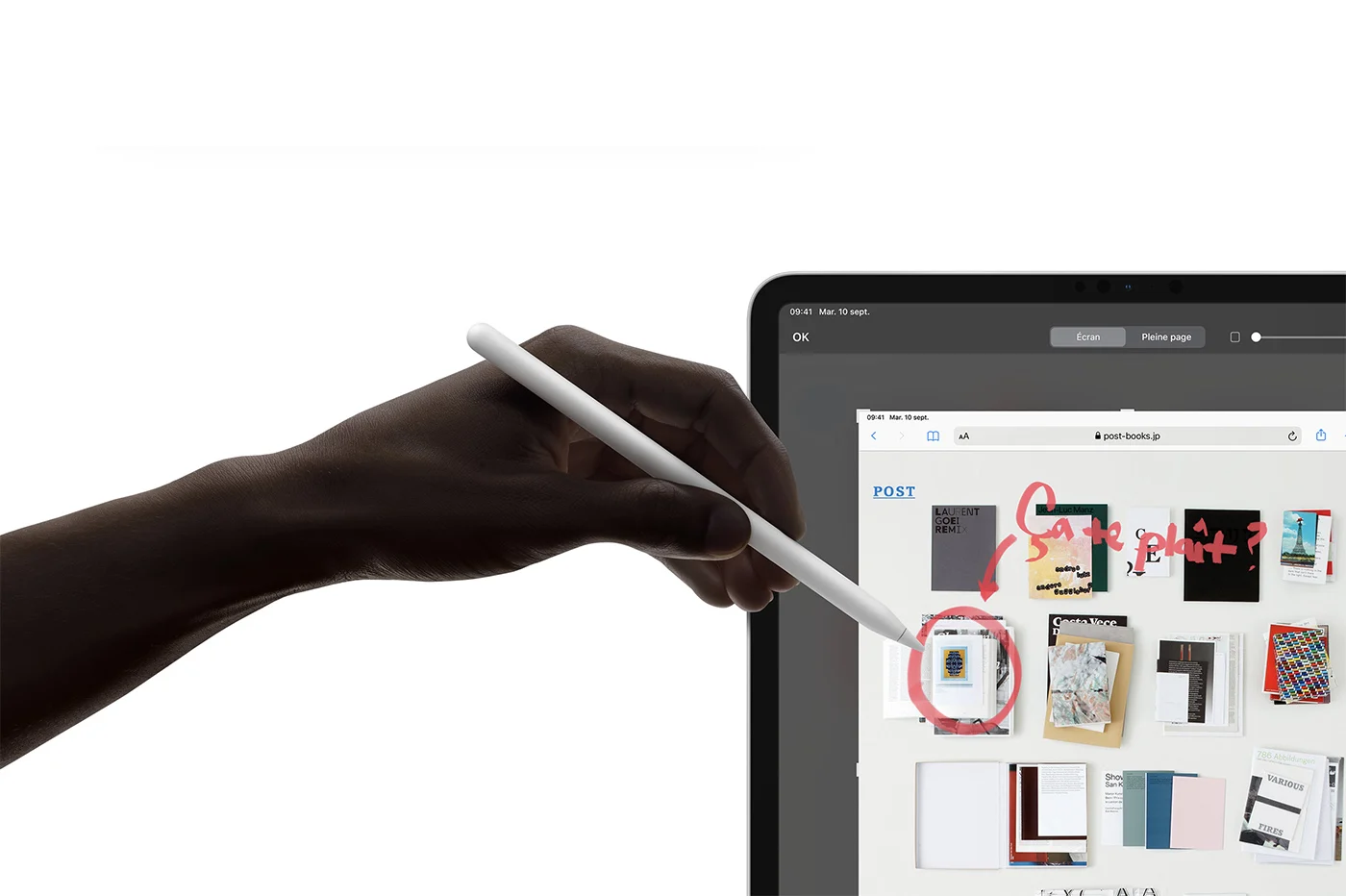
© Apple
So it's the double lens at the back, coupled with theLiDARtruly unique on an iPad, which will make thedifferencefor real specialists. Otherwise, the question will rather be: iPad Pro 11″ or iPad Pro 12.9″?
Here are the bestprix, updated in real time, for the iPad Pro 2018 which costs (within a few dozen euros) thesame pricethan the iPad Pro 2020 and can therefore be considered an excellent alternative:
However, if you want to buy the iPad Pro 2020, here are also its prices:
as well as for the other size:


